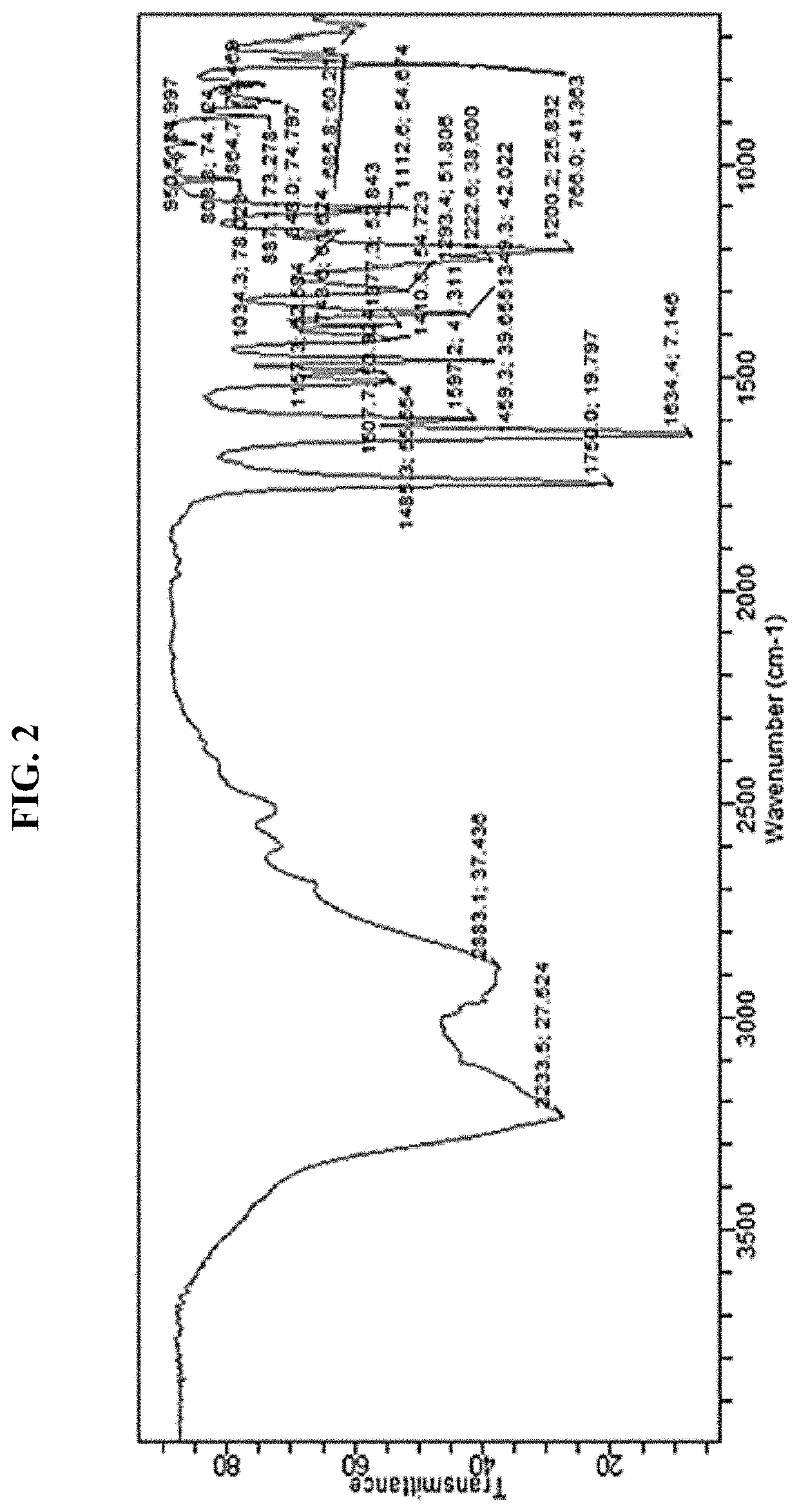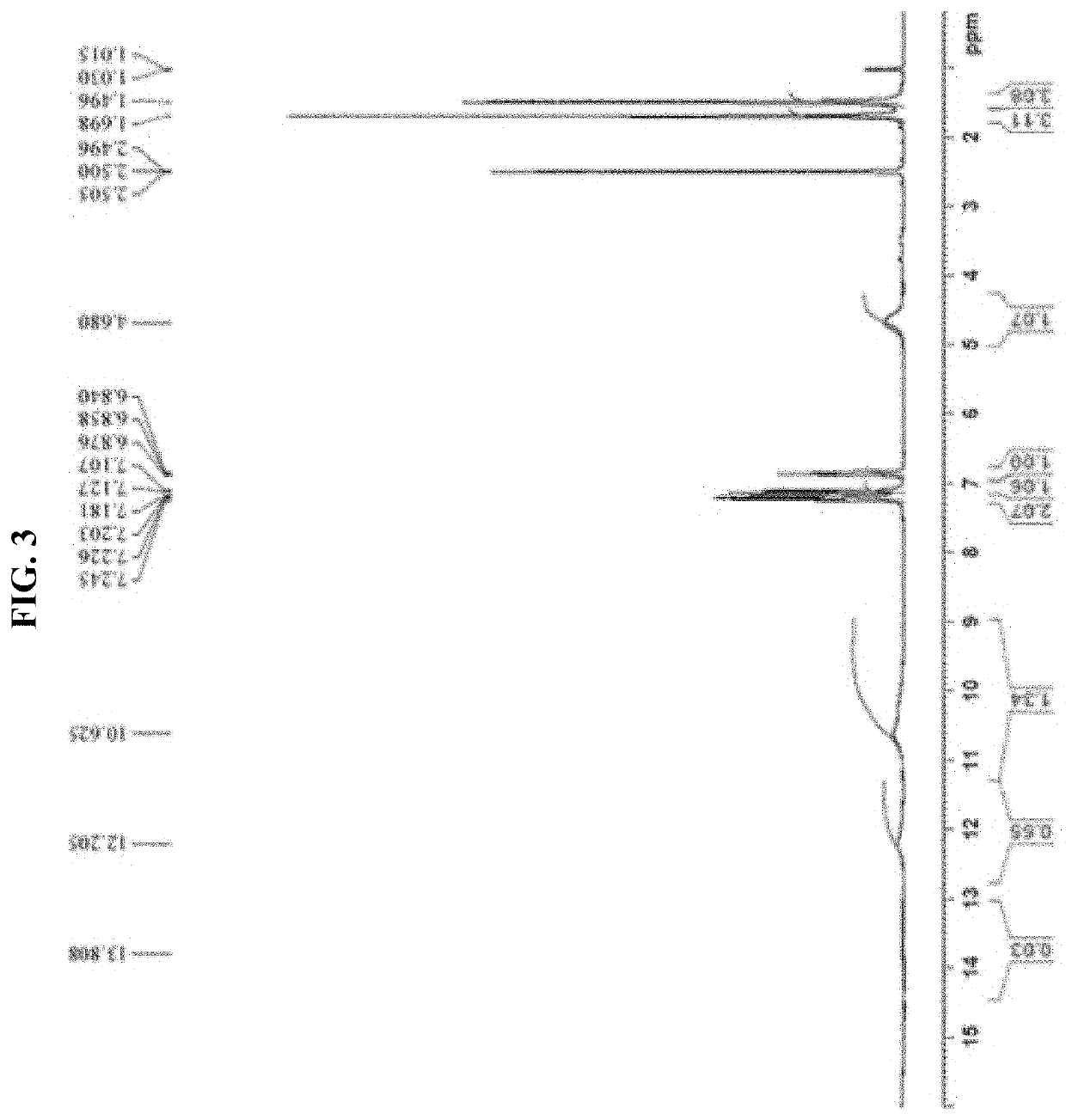Methods of treating post-surgical pain with a thiazoline Anti-hyperalgesic agent
a technology of anti-hyperalgesic agents and thiazoline, which is applied in the direction of suppositories, drug compositions, metabolic disorders, etc., can solve the problems of patients not responding to existing therapeutics, patients with hyperalgesia and/or allodynia, and persistent or chronic pain, etc., to achieve effective anti-hyperalgesic agents, reduce pain, and reduce pain
- Summary
- Abstract
- Description
- Claims
- Application Information
AI Technical Summary
Benefits of technology
Problems solved by technology
Method used
Image
Examples
example 1
on of Compound 1 Zwitterion
[0232]
[0233]Purified water (8 volumes) was degassed with argon for approximately 30 minutes. L-penicillamine (1.6756 mol) was added and stirred for approximately 10 minutes maintaining the temperature below 30° C. The mixture was cooled to 10±5° C. A cooled solution of sodium hydroxide (3.3512 mol) in degassed water (2 volumes) was added slowly to the above mass while maintaining temperature below 20° C., followed by slow addition of 2-chlorobenzoxazole (1.8431 mol) below 30° C. After complete addition the reaction mass was allowed to reach ambient temperature and was stirred for not less than 8 h at ambient temperature. Upon completion of the reaction, the reaction mixture was cooled to 10±5° C., diluted with iso-propyl alcohol (10 volumes) and acidified to pH 4.3-4.6 by dropwise addition of 2N aqueous hydrochloric acid below 30° C. The solution was stirred for approximately 16 h at below 5±5° C. The solid was isolated by filtration, washed with iso-propy...
example 2
on of Compound 1 from Compound 1 Zwitterion
[0234]
[0235]The zwitterion was added to iso-propyl alcohol (17.5 volumes) and cooled to 5±5° C. Freshly prepared 2M HCl in iso-propyl alcohol (1.05 equivalents with regard to zwitterion) was added below 10° C. The mixture was stirred for approximately 15 min, and the clear solution filtered under inert atmosphere. The filtrate was stirred not less than 16 h at 5±5° C. The mixture was concentrated to approximately 3 volumes below 30° C., methyl tert-butyl ether (MTBE) was added (5 volumes) and kept at 5±5° C. for not less than 20 h. The solid formed was isolated by filtration and washed with MTBE (3 volumes). The isolated solid was dried in vacuum tray drier at 50±5° C. for approximately 12 h to obtain Compound 1 as crystalline white solid.
example 3
on of des-HCl Compound 1
[0236]des-HCl Compound 1 (i.e. lacking the HCl addition salt of Compound 1) can be prepared according to Scheme 4:
(i) Preparation of N-(2-Methoxyphenyl)cyanamide (2)
[0237]
[0238]Aqueous ammonia (25%, 90 mL) was added to a stirred and ice-cooled suspension of 1-(2-methoxyphenyl)thiourea (1) (5.00 g, 27.44 mmol) in acetonitrile (90 mL). Diacetoxyiodobenzene (10.60 g, 32.92 mmol) was added portion-wise over a period of 10 min. The reaction mixture was stirred at room temperature for 4 h, and the precipitated sulfur was filtered. The filtrate was concentrated to approximately 50% of its initial volume and extracted with ethyl acetate (3×20 mL). The ethyl acetate layer was washed with water (2×30 mL) and then with brine (50 mL). The organic layer was dried over anhydrous solid Na2SO4, filtered and the filtrate concentrated under reduced pressure. The resultant residue was purified by flash column chromatography using petroleum ether / ethyl ether (1:1) to give the N-...
PUM
| Property | Measurement | Unit |
|---|---|---|
| concentration | aaaaa | aaaaa |
| w/w | aaaaa | aaaaa |
| droplet size | aaaaa | aaaaa |
Abstract
Description
Claims
Application Information
 Login to View More
Login to View More - R&D
- Intellectual Property
- Life Sciences
- Materials
- Tech Scout
- Unparalleled Data Quality
- Higher Quality Content
- 60% Fewer Hallucinations
Browse by: Latest US Patents, China's latest patents, Technical Efficacy Thesaurus, Application Domain, Technology Topic, Popular Technical Reports.
© 2025 PatSnap. All rights reserved.Legal|Privacy policy|Modern Slavery Act Transparency Statement|Sitemap|About US| Contact US: help@patsnap.com



